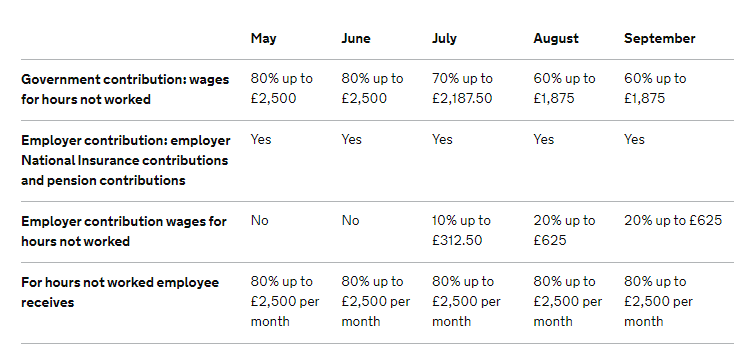VAT changes for goods sold to EU consumers
/On the 1st July 2021, VAT changes were made by the EU which impact UK e-commerce companies who:
export goods to the EU
to consumers (not businesses)
where the parcel has a value under 150 euros
IOSS - what is it?
Import One Stop Shop (IOSS) is a simplification procedure that the EU have brought in to help ease the administrative burden for businesses selling low value items to consumers in the EU.
Instead of having to register for VAT in multiple countries, an e-commerce company can now register for VAT in one EU country and file a single return to cover sales to all 27 EU member states
When registered under IOSS, a single monthly return must be submitted and payment made, to cover all EU states liabilities.
Do I need to register?
If you export goods to consumers in the EU that have a value under 150 euros, then it would be sensible to consider registering for IOSS.
The IOSS also makes the process easier for the buyer, who is only charged at the time of purchase, and therefore does not face any surprise fees when the goods are delivered.
If the seller is not registered in the IOSS, the buyer has to pay the VAT and usually a customs clearance fee charged by the transporter at the moment the goods are imported in the EU.
I only sell through an online marketplace, do I need to register?
If your e-commerce company only sells goods under 150 euros to consumers, through a marketplace such as Amazon, then you do not need to register for IOSS.
In these circumstances the marketplace is the deemed supplier of the goods to the consumer and so they will be registered for IOSS and submit the monthly return.
There is a deemed supply of the goods from your company to the marketplace which is exempt for VAT.
It’s all change and can be a bit daunting at first. As with all complex financial changes, it’s best to discuss your specific situation with your accountant.






